Through molecular engineering, researchers at Northwestern University have found a way to turn organic industrial waste and chemical byproducts into batteries that can be used to supply energy to power grids. The scientists have found a method to contain a waste molecule, triphenylphosphine oxide (TPPO), and use it to form a redox flow battery. Unlike lithium and other solid-state batteries, redox flow batteries don’t store energy in electrodes. Instead, they store energy by having a chemical reaction occur between electrolytes.
Typically, the batteries that power our electronic devices are primarily made from solid metals such as lithium and cobalt. Dependence on these metals has dramatically increased over the last decade-plus, increasing the mining of these metals and encroaching on more and more land. This has led to fear of scarcity along with concerns for the environment as technology increases the demand for battery power.
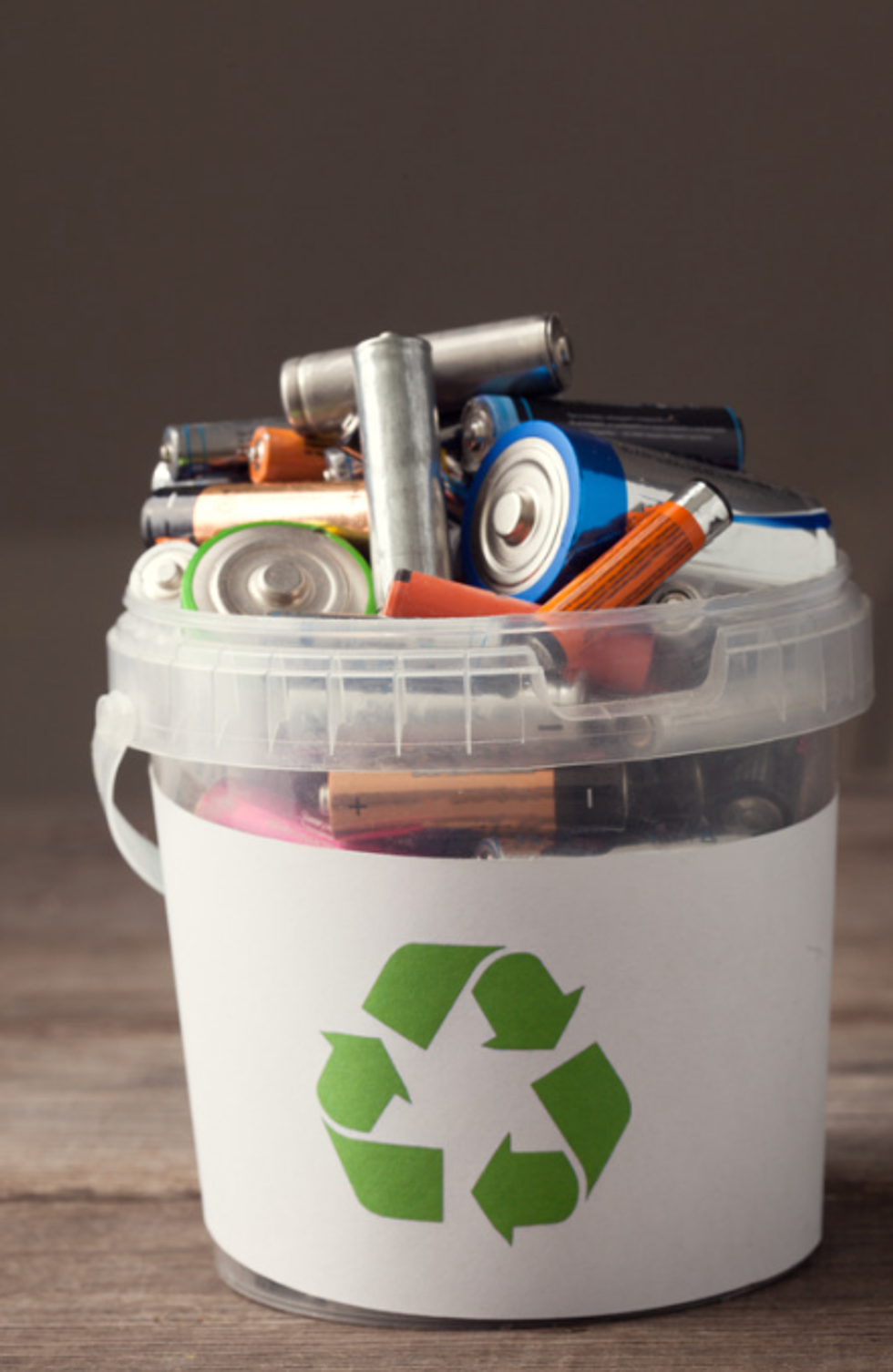
With this discovery, the hope is that this could lead to not just an organic green alternative power source but one that is even greener due to the fact that it is reusing a previously useless waste product. TPPO is a common waste molecule during a variety of different chemical reactions, including during the mass production of vitamins. Thousands of tonnes of TPPO are produced each year and it needs to be carefully disposed of so it doesn’t impact our water supply. Putting it to use as the primary substance for batteries would make it a win-win.
Reduced phosphine oxides are typically too unstable to be used and applied in such a way. However, through the researchers’ method of molecular engineering, they found a way to address the instability of the substance and tap into its energy storage potential.
After multiple tests and reworking, the scientists created a solvent mix that shows promise. Using static electrochemical charge and discharge studies, they were able to test how effective it was to retain a charge, emit power, and charge up again. The test battery remained healthy and lost very little power capacity after 350 cycles of charging/discharging power.
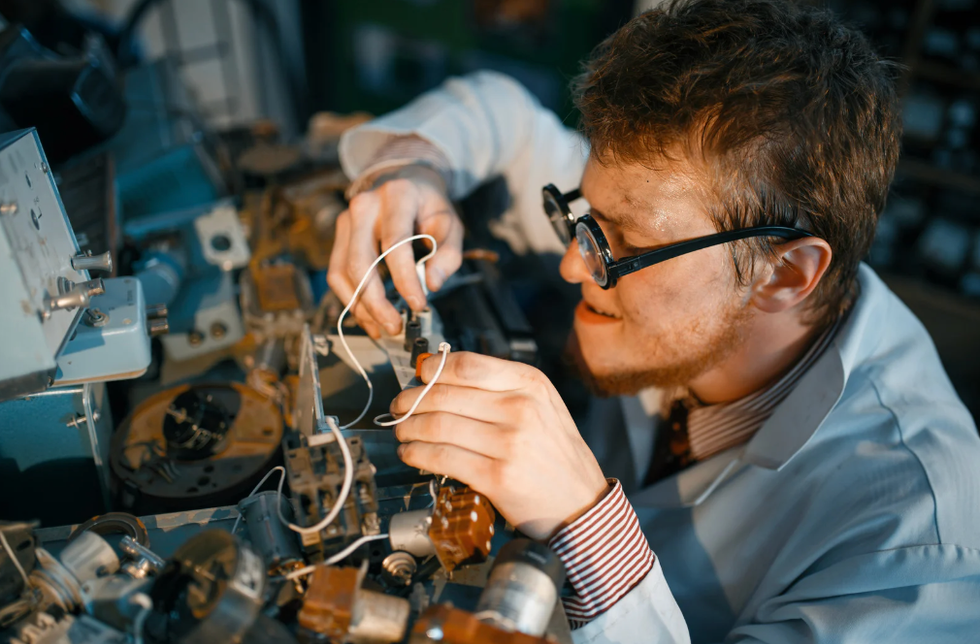
“Not only can an organic molecule be used, but it can also achieve high-energy density, getting closer to its metal-based competitors along with high stability,” said Emily Mahoney, a Ph.D. candidate and one of the first authors in the study. “These two parameters are traditionally challenging to optimize together, so being able to show this for a molecule that is waste-derived is particularly exciting.”
The old adage “waste not, want not” seems applicable here. A literal waste product could be the solution to a growing battery problem and a pollution issue at the same time. It goes to show how we all should see the potential uses in whatever we discard.
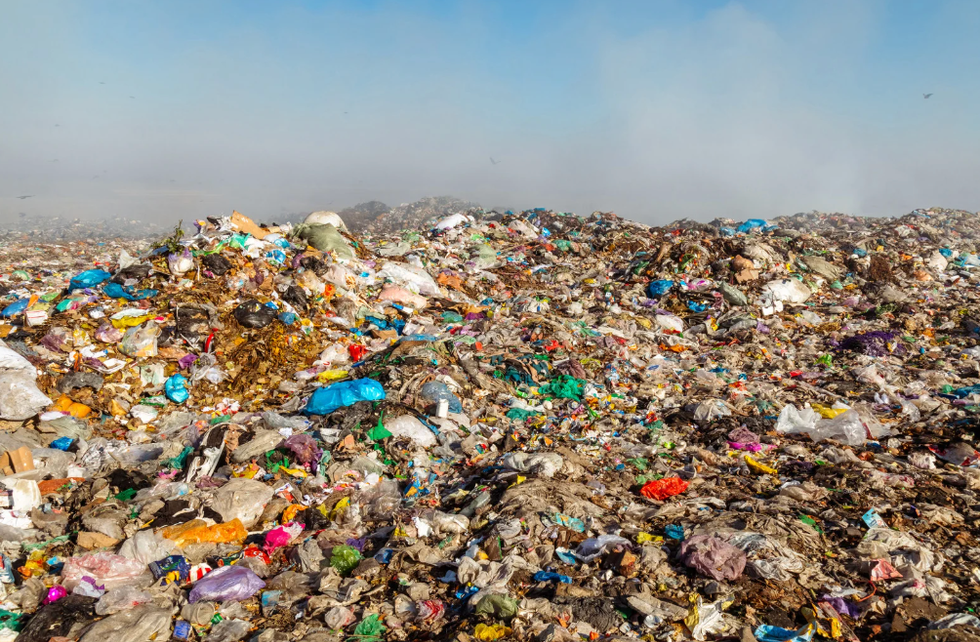
It doesn’t even have to turn into a groundbreaking power source, whatever junk you have can still be of use. An old shirt that doesn’t fit anymore can be a great rag for dusting. Banana peels, apple cores, and vegetables that have started to turn in the fridge can be used as compost in the back yard. At worst, the pieces of a broken toy, shattered plate, clock, or other items can be turned into sculptures or other art projects to entertain yourself and your kids for an afternoon. If you look hard enough and experiment enough, you can find some use in the useless.





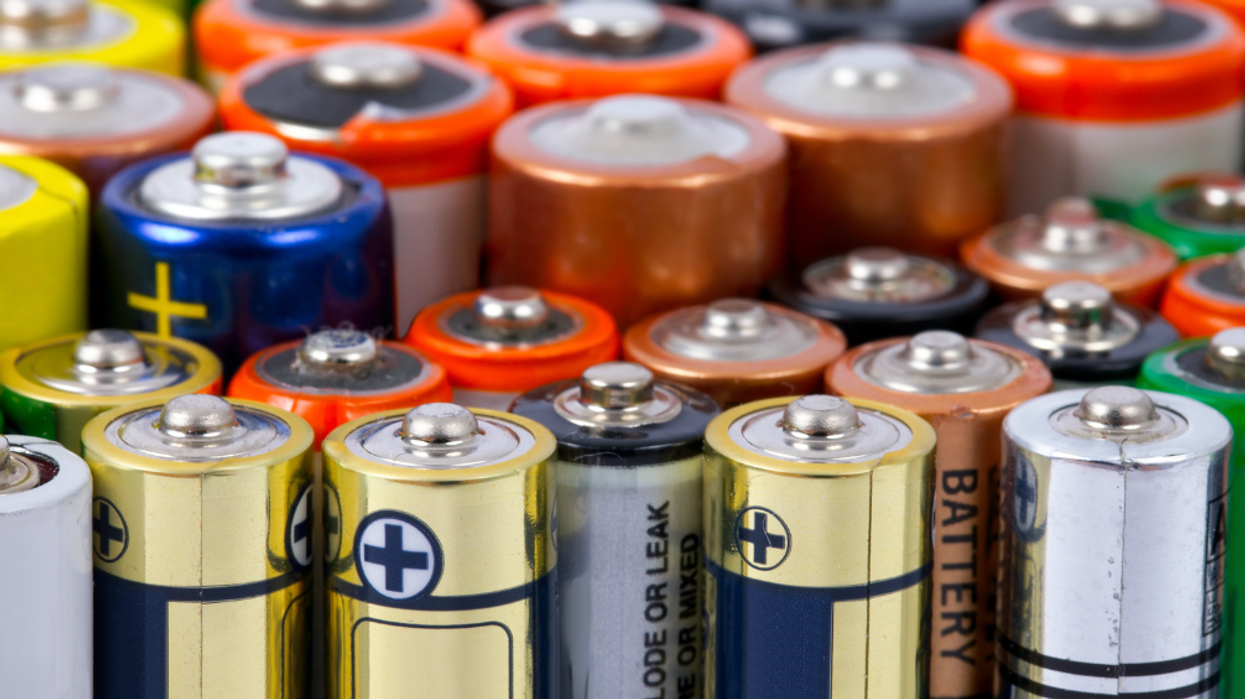






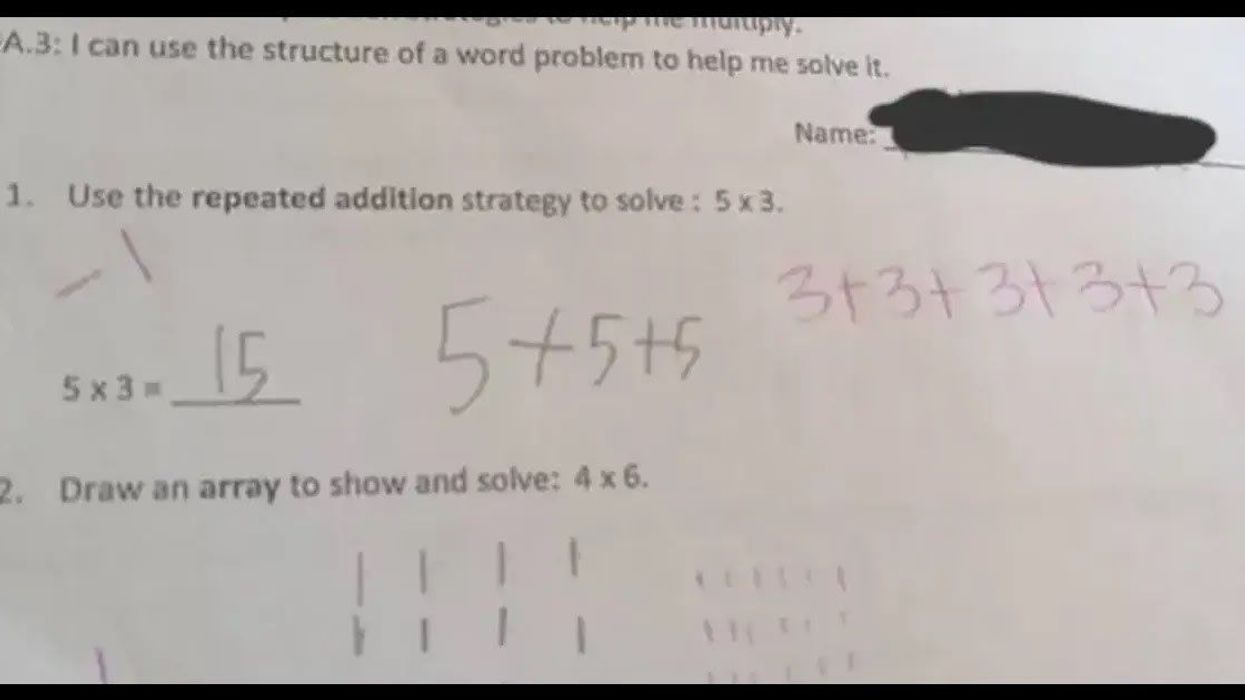





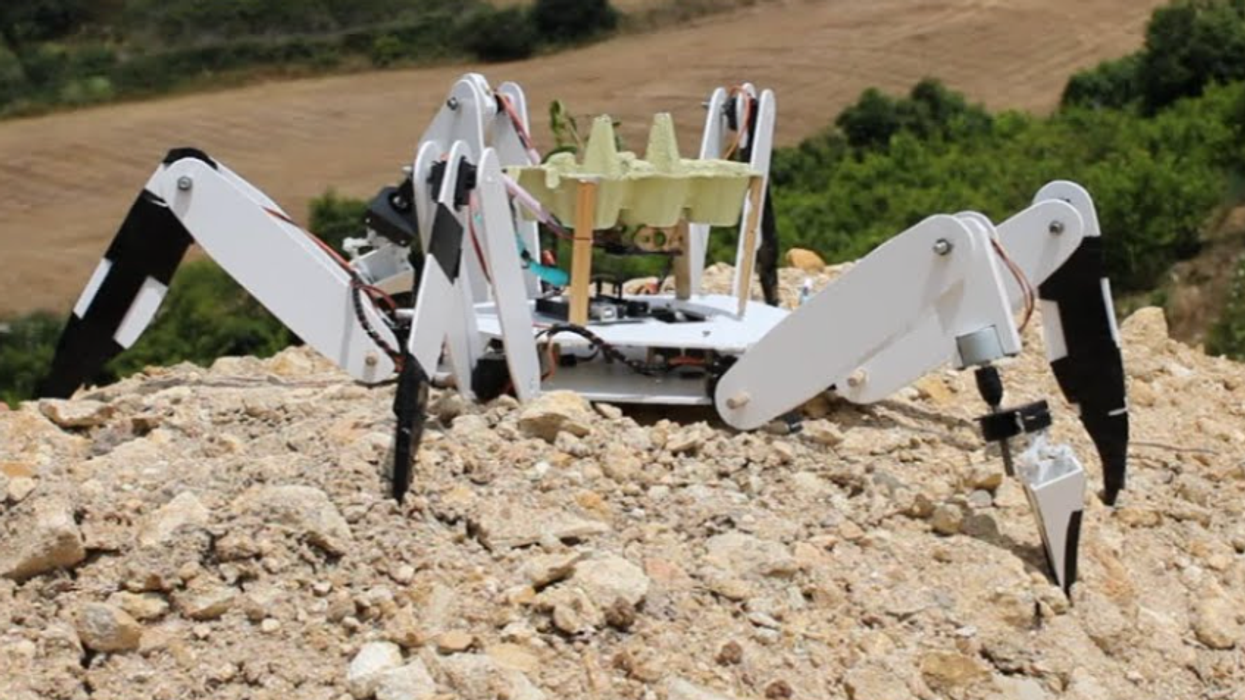



 Take a moment to forget the world outside the headphones and just relax.
Take a moment to forget the world outside the headphones and just relax.  Lean back and unwind to the right music.
Lean back and unwind to the right music. 

